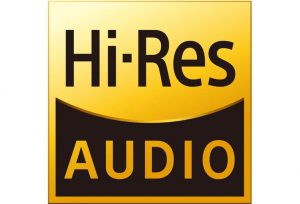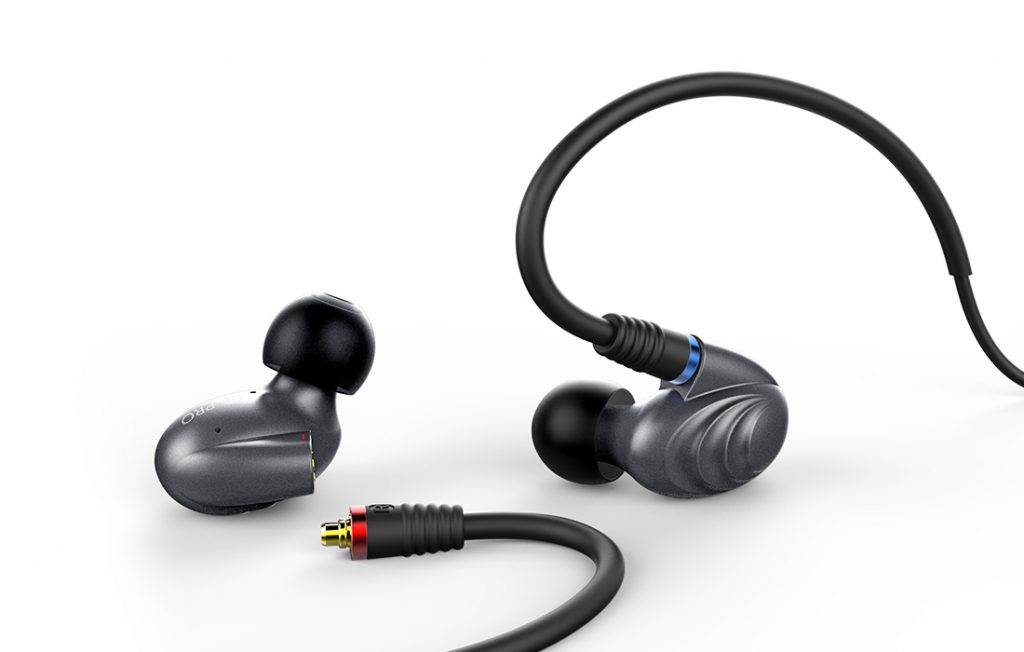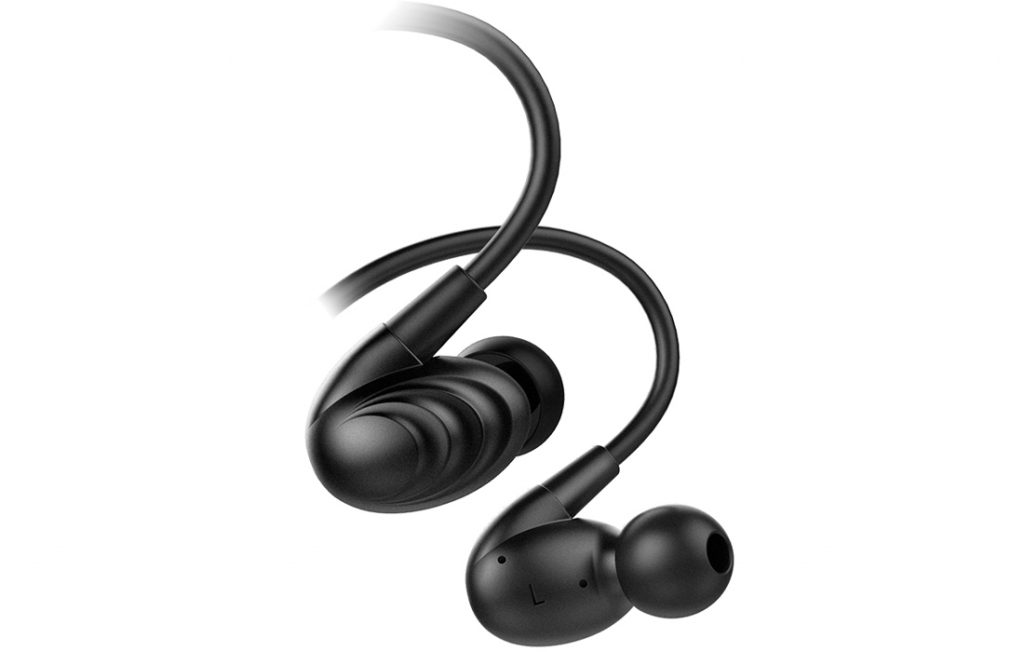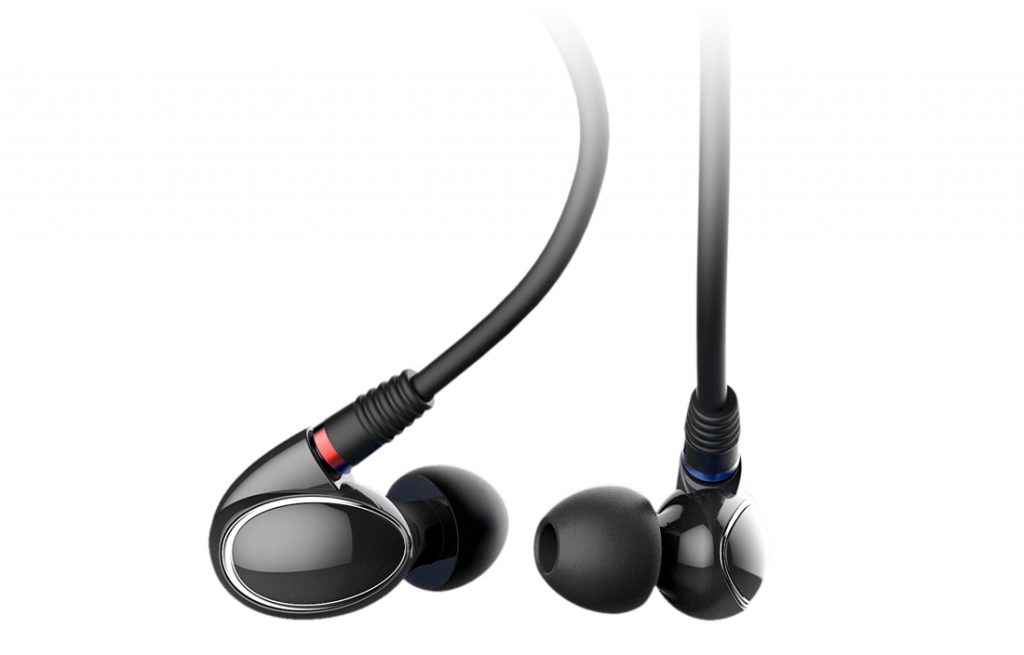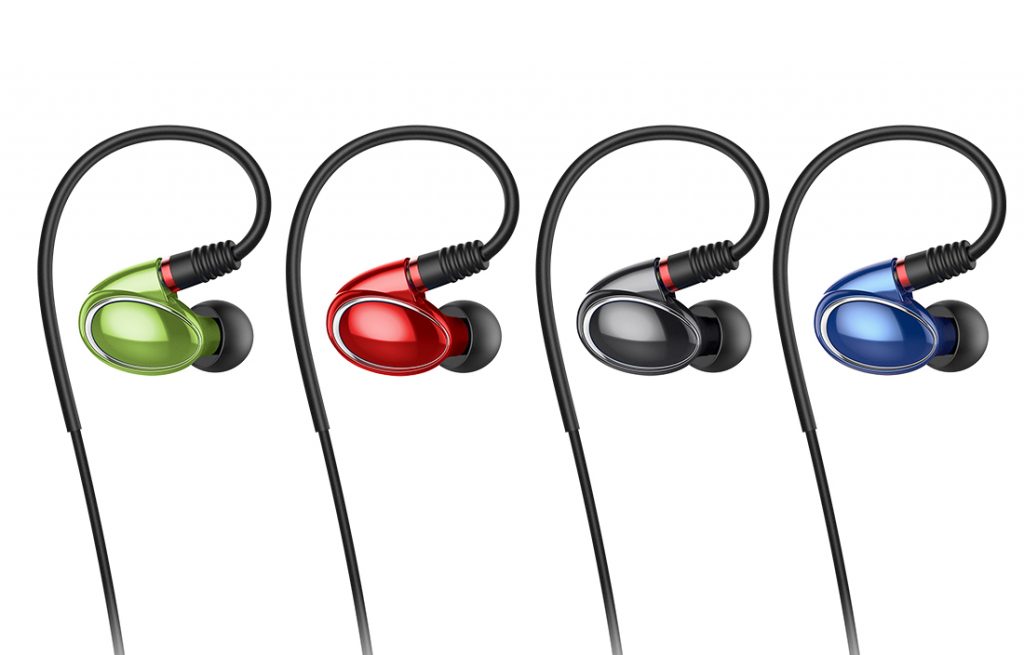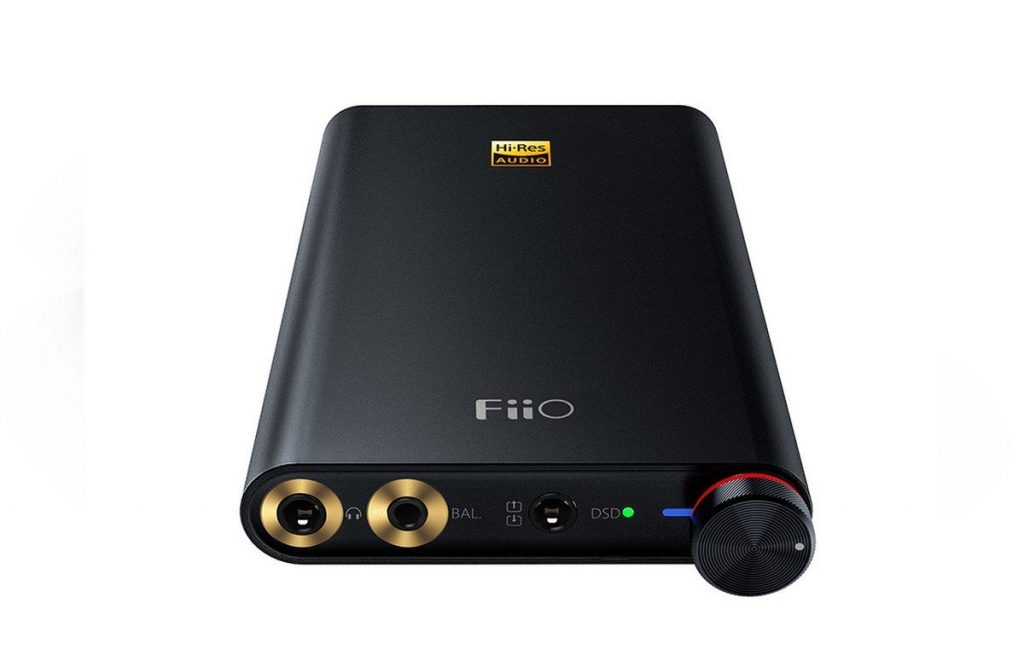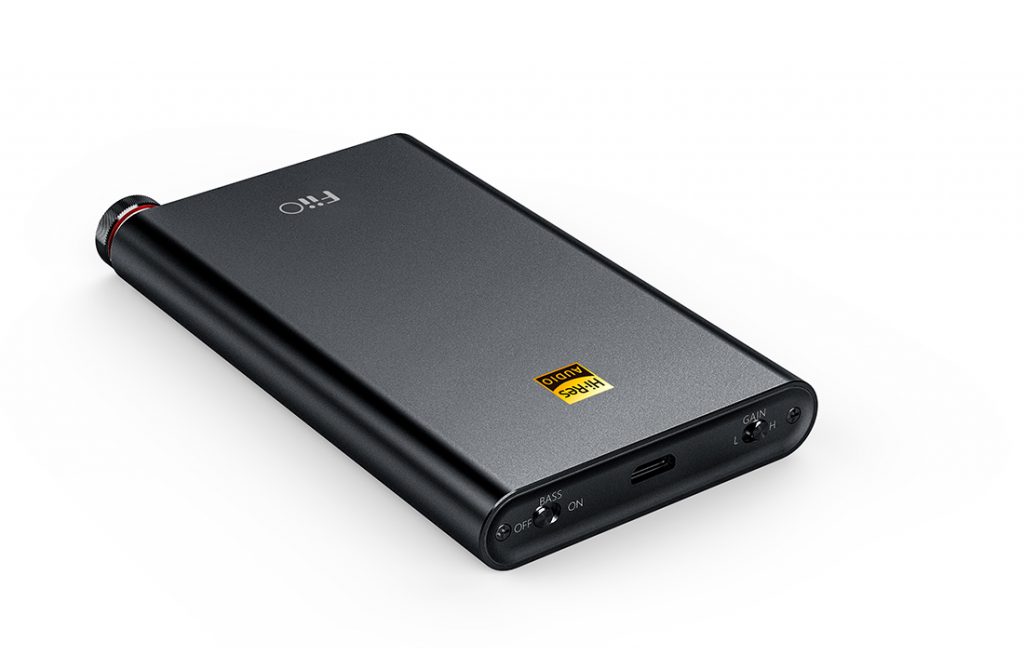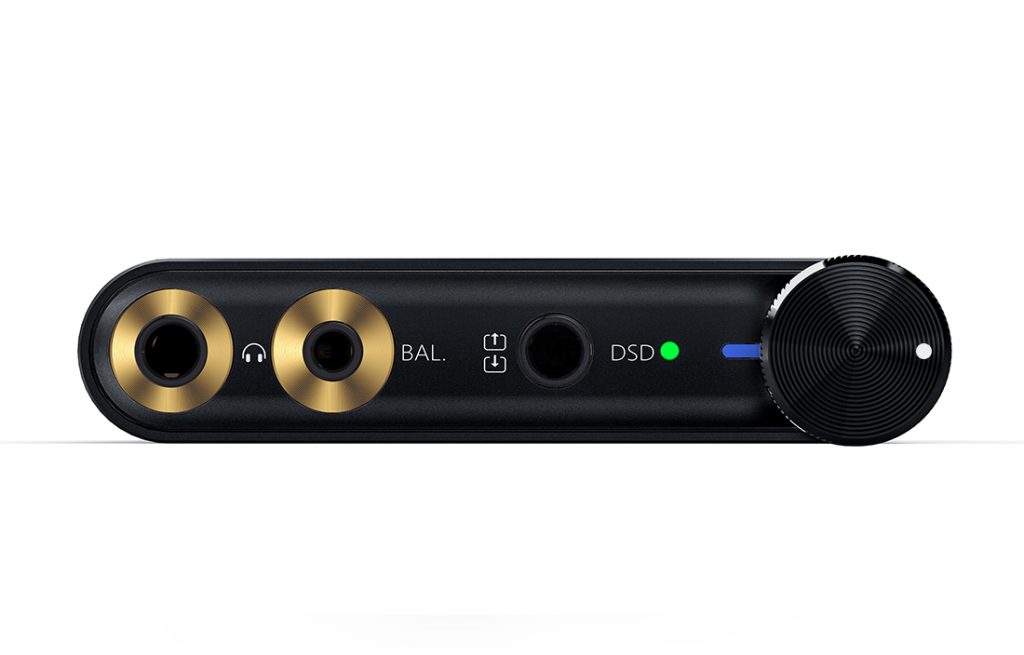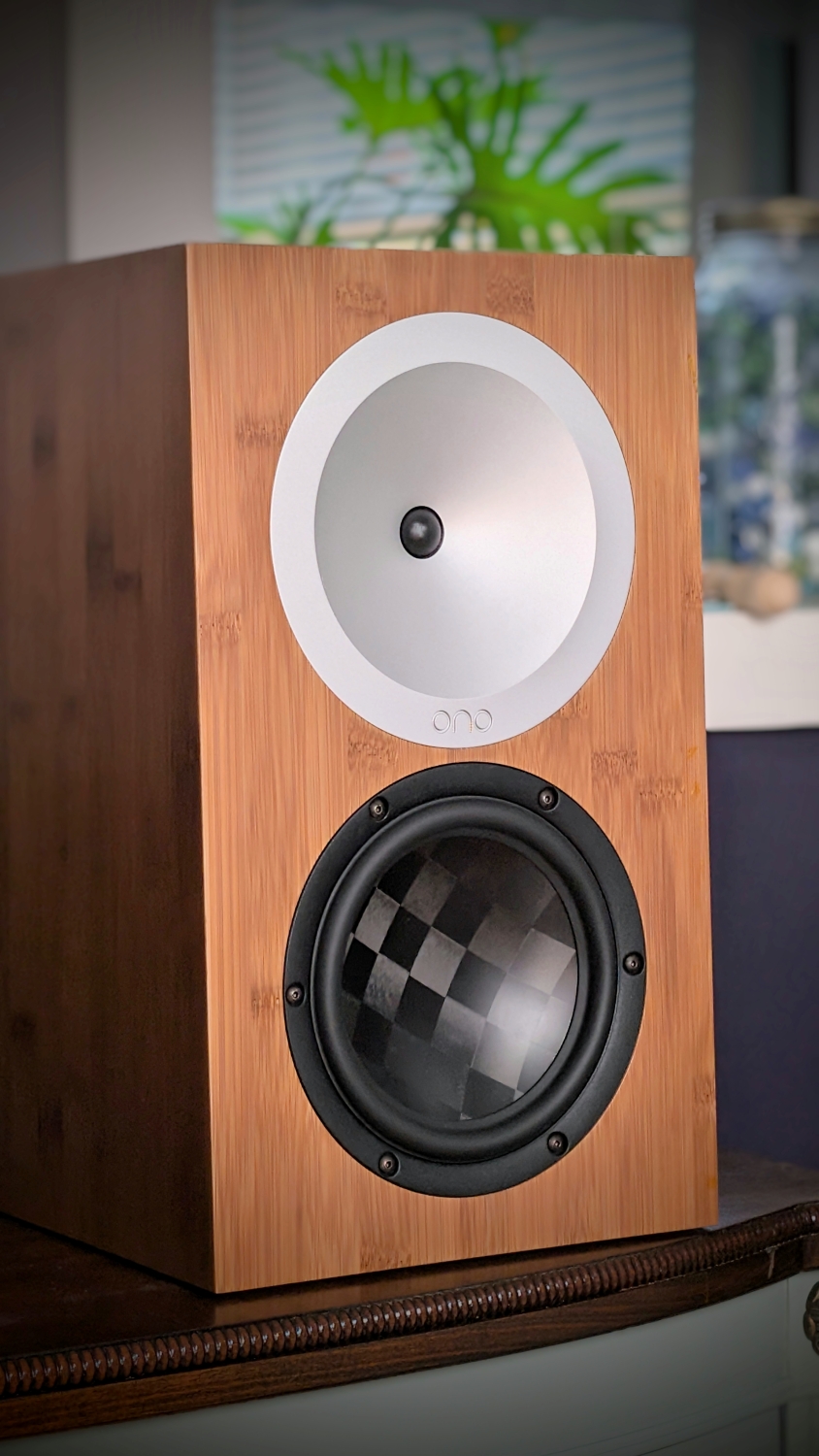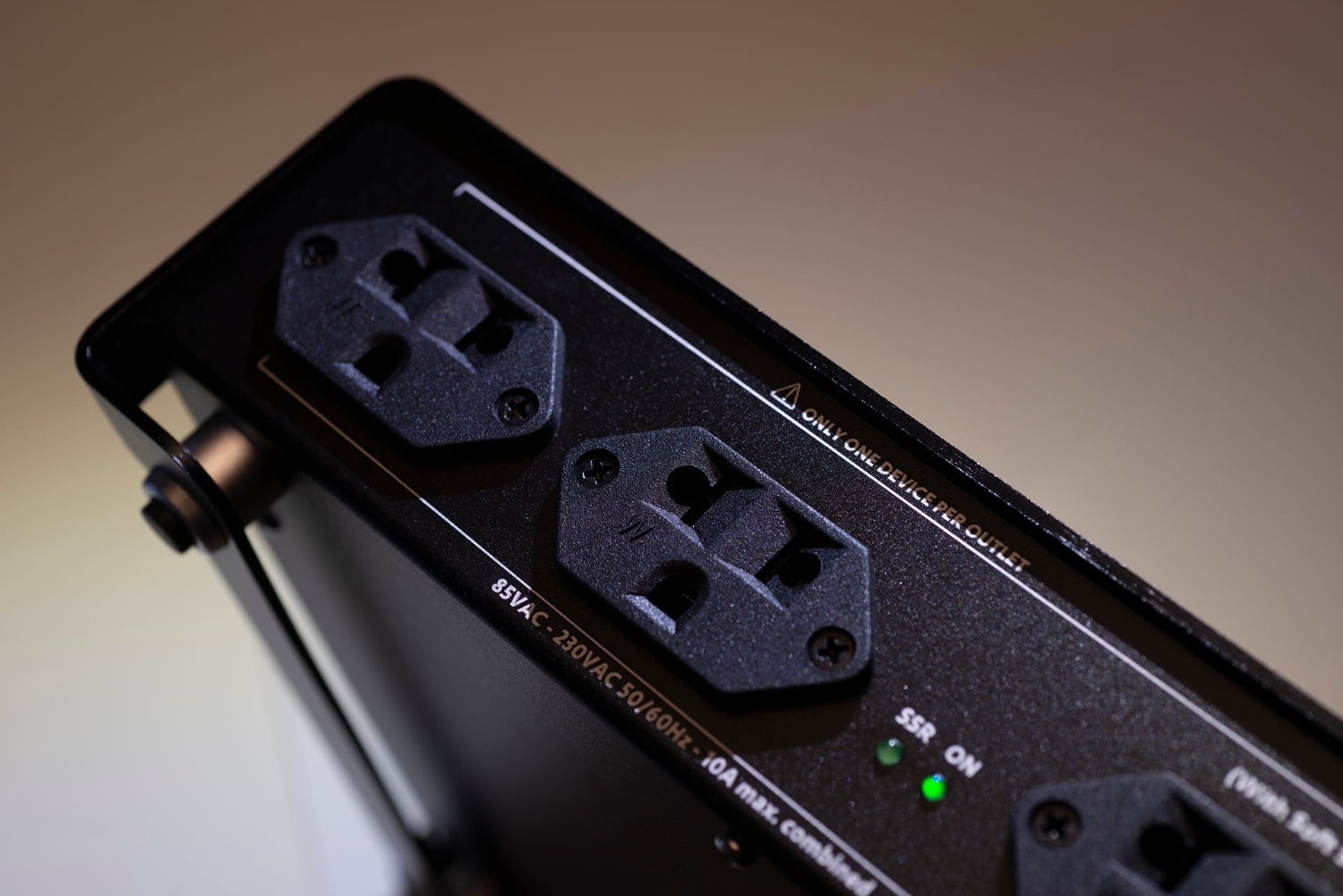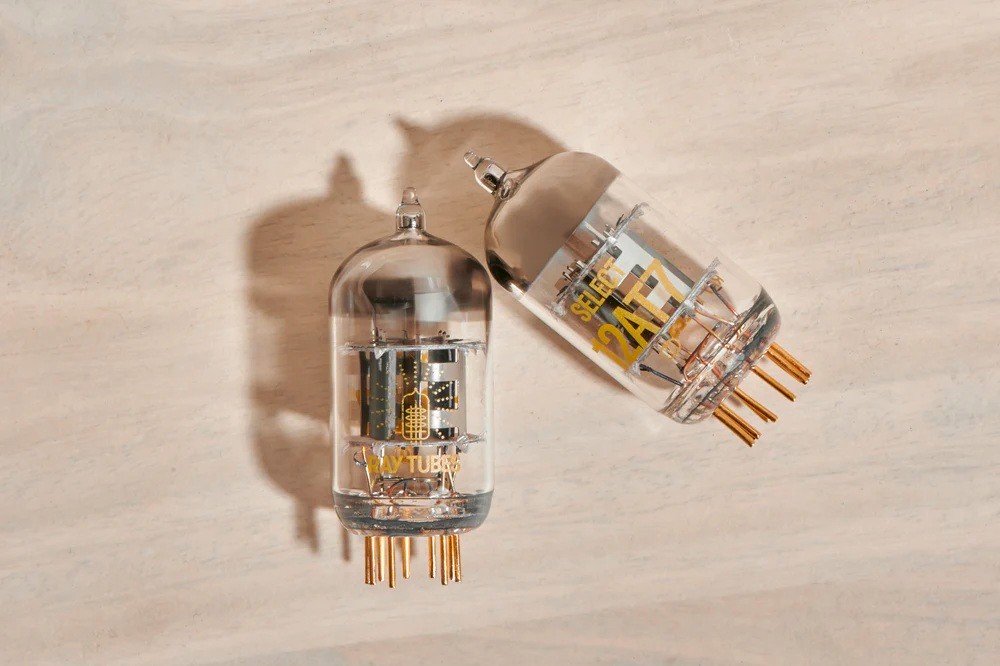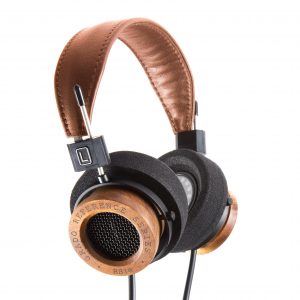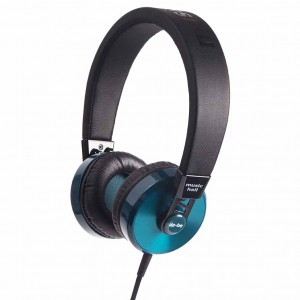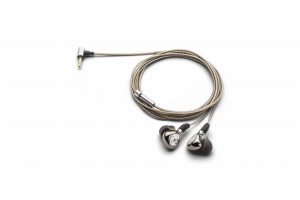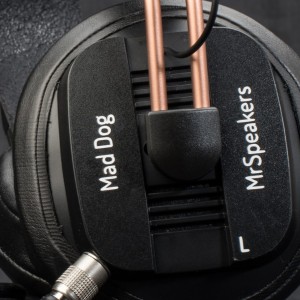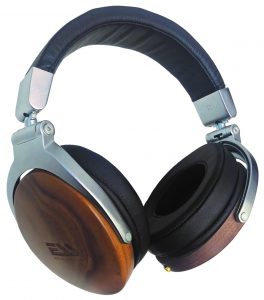The personal portable market is a really tough one, especially when you're attempting to market anything towards audiophiles. The biggest problem seems to be the opening price point for anything considered audiophile-quality or Hi Res certified—with just about anything that seems to appeal to anyone who's "serious" about music playback being somewhere around the $1K USD mark (often much higher) for digital audio players and maybe even more for a decent set of headphones. A manufacturer such as Fiio, who offers many products with high-end aspirations that also start at the $100 USD mark, probably has a serious image problem among audiophiles. After all, how could a pair of earphones (headphones) that retail for $140 have any serious appeal to serious listeners?
Fiio has forged ahead, offering digital audio players that sound pretty good and sell for as little as $60 USD, to much more perfectionist-oriented products like the X5 Gen III DAP (see my full review HERE) that retails for around $400 USD and offers a really compelling feature set and superb playback capabilities. They've recently branched out by offering newer, higher-performance headphone options (Fiio prefers to call them "earphones") that offer remarkable levels of sound quality at phenomenally low prices. The two newest models include the F9 Pro and FH1 earphones, which retail respectively for $140 and $75, and offer a feature set and sound quality that rivals many competing models that retail for many multiples of hundreds of dollars more.
I must be honest, I have very little experience with very high-end DAP or headphone models; I'm sure the AK's, Audezes and HiFiMan models that populate most of the reviews or raves I read online are superb-sounding offerings. At the rarified price points so many of those devices occupy, they should sound magnificent. My headphone and DAP listening is generally restricted to a handful of occasions; either while traveling, while my wife is watching something I find less than compelling, and late-night at my job when all the suits have vacated the building and I'm free to basically conduct myself as I please. I also want the sound to be compellingly good, but I'm generally completely satisfied by much more budget-friendly offerings. Like those from Fiio, who I've come to trust as offering the very best that can be had for the budget-conscious dollar.
Fiio's F9 Pro is an in-ear monitor that has the over-the-ear style cabling that helps seat and support the drivers in such a way as to provide extended comfort while listening with a minimal of user fatigue. It's currently their flagship in-ear monitor model. The design is a fully-balanced one that employs MMCX cable connectors, which allows the user to mix-and-match the cables as he desires from the supplied balanced and standard single-ended cables (or possibly even roll-your-own from a seemingly limitless third-party offerings). The supplied cables are of superb construction and will prove completely satisfactory to most users. The balanced cable uses a 2.5mm tip versus the standard 3.5mm single-ended tip, so there's no chance of making an incorrect source connection. And the MMCX connections, which at first seem a bit challenging to use, actually provide a secure connection and only take a relatively short while to get used to. The tips of both the cables connectors and each in-ear monitor are color-coded, so correct left-right connection is very easy.
The F9 Pro employs three drivers that control each range of the frequency spectrum, including state-of-the-art titanium bass drivers and dual Knowles Balanced Armature drivers (made in the USA!)—one each for mids and highs—which give a remarkably good stereo presentation. And while my personal preference is for the balanced connection, the sound quality that the F9 Pro's offer is really superb with either choice that the connected equipment will allow. The supplied accessories include a really nice hard-body carry case, which will allow you take just about everything with you, though its not really pocket-friendly. There's also a smaller fabric zip-case that is pocket-friendly that will allow transportation of your earphones with excellent protection. There are MMCX cables for both connection types, and there's also an amazing selection of ear tips that should accommodate just about every size ear canal on just about any individual that exists. While I early-on leaned towards the larger tips, I eventually gravitated to the smaller ones, which I found provided a better, more comfortable and secure fit with improved isolation from outside sounds and improved bass response. I found that this allowed me to adjust the volume to easily comfortable and satisfying levels with no chance of outside noise affecting the sound level integrity.
The sensitivity of the F9 Pro is 106dB/mW, so they'll play very loudly with just about any source. The frequency response dips down to 16Hz, so they offer surprisingly deep and tuneful bass for an in-ear design. I did my listening pretty evenly split between Tidal on my android phone, and listening to several different models of DAPs from Fiio's lineup. Over time, I realized that when the balanced connection was available, it provided superior listening results. Later on, I also used the Q1 Mk II DAC/Headphone Amp, which elevated my listening enjoyment significantly (more about that later).
The FH1 is also an in-ear monitor that has over-the-ear style cabling, and is priced at just slightly above half the price of the flagship F9 Pro. The design is also balanced and includes MMCX cable connectors, but differs from the F9 Pro in a number of key ways. The bass diaphragm is slightly larger than that of the F9 Pro, which provides slightly deeper bass, but the mid and high frequencies are handled by a single Knowles driver. The drive units are encased in a cool-looking housing that Fiio refers to as Un Belle Oeil, which is French for "A Beautiful Eye"—they're also available in four color choices. I get the impression that the FH1 is being marketed to listeners who want great sound with enhanced bass and in a pretty package, but that perhaps don't quite care that it doesn't match the overall excellent performance of the F9 Pro. The cable selection is the same as with the F9 Pro, and the same plastic carry-case is included as well. You don't get quite as extensive a selection of ear tips as with the more expensive earphones.
My listening sources and connections matched that of the F9 Pro. The sensitivity of the FH 1 is also 106dB/mW, but the frequency response only reaches 20Hz. So even though they don't quite play in the same low octave of the F9 Pro, the larger bass driver gives the illusion of increased bass response. They're very similar in character to the F9 Pro, but they lack the refinement that the F9 Pro offers, but that refinement comes at a significant increase in cost. I guess it really boils down to what your priorities are, and at the price point of the FH 1, the performance is good enough that the perception of deeper bass and a wider selection of color choices makes the decision an easy one. To be honest with you, both of these earphones offer excellent sound quality, but the purchasers of the FH 1 would not find that the extra clarity and performance you get from the F9 Pro would warrant its substantial additional cost.
The Q1 Mk II DAC/Headphone Amp sells for $100 USD, and may very well be the hidden diamond in Fiio's entire product lineup. A complete overachiever at this price point, the DAC has PCM capabilities up to 32-bit/384kHz, as well as native DSD capabilities up to DSD 256. I was unable to get the DSD light to illuminate during playback, so I'm pretty sure any of my DSD files were being converted to a high level of PCM. Honestly, how many of us actually walk around with DSD files of any provenance loaded on either their DAPs or phones? To me, getting the Q1 Mk II to play DSD is pretty much a non-issue—I'll dig into it at some point, but the lack of being able to confirm DSD playback hasn't slowed down my ability to enjoy the music at all! Oh, and the Q1 Mk II has connections for balanced or standard headphones, and has a battery life of approximately 20 hours (really superb!). In my experience, it matched or bettered the battery life figure consistently, and it can be charged from the supplied USB cable with just about any charger out there. The Q1 Mk II has two gain settings, and also has a bass boost switch for those desiring a bit more oomph from the bottom end.
The unit is supplied with one of the hard cases to store all the peripherals, and a stretchy fabric case that's large enough to hold both the Q1 Mk II and another device, like a DAP or phone. Connectivity is supplied by a USB to micro USB, a Lightning to micro USB, and a short line-level to line-level connector. With some devices, it may be necessary to change the output setting from headphone to line level. It's at least really nice that the Q1 Mk II is compatible with both android as well as iOS devices, along with any DAP with a 3.5mm line out jack. Two heavy-duty, stretchy black bands are also included, to strap the Q1 Mk II to your phone or DAP for improved portability. It's not extremely elegant, but it's a pretty practical solution.
My initial enthusiasm for the Q1 Mk II was tempered by a minor mishap; when the unit shipped from Fiio, it was missing the two outer panel screws that hold the unit together. The first time I used the device, and plugged a USB mini cable into it, it completely fell apart! Several emails to Fiio with pictures and diagrams soon remedied the situation; it turns out the unit I received was an early-production model and somehow got shipped minus the finishing touch of adding the two tiny screws. Once the missing screws were received, however, it became abundantly apparent to me that all devices I used in combination with the Q1 Mk II benefited from an almost unbelievable improvement in sound quality. And the Q1 Mk II can also be used with your laptop, iPad or tablet, although a driver download from Fiio may be necessary with Windows equipment.
While I thought the F9 Pro and FH 1 sounded pretty great just plugged into whatever, with the Q1 Mk II inserted into the equation, the sound quality—especially in balanced mode—was increased exponentially. While both earphones benefited, the F9 Pro's with their increased resolution blossomed and became the best in-ear monitors I've ever experienced. That's not really at all surprising, considering that the Q1 Mk II includes a pretty nice XYMOS-based chip DAC which is most likely significantly better than the DAC present in whatever it's being hooked up to. Especially in the case of lower-end DAPs and phones of any sort. And the headphone amplifier included in the unit is the same module found in Fiio's X 7 Mk II DAP—their flagship digital audio player that sells for around $650 USD.
So you're strapping an additional unit to your DAP, which makes for a much more cumbersome package to prance around with, right? Personally, I don't really see this as much of an issue, I'm generally listening either in an airplane seat, in a chair somewhere or at my desk on the job. For an extra $100, you get your DAP playback setup elevated to a significantly higher level, with more of everything, and not only more, but better. Speaking of more, the bass boost switch on the Q1 Mk II, which is probably the best implementation of bass boost I've ever encountered in a device like this. Instead of just simply adding tons of additional bass, it's such that you really get the impression of a significant increase in bass output, but without the added pressure in your ear canal or the ensuing listening fatigue that generally accompanies such a significant increase in bass. And volume control is accomplished through a rotary knob that more closely approximates that of a pure analog control through a clever ADC design from Fiio that gives smoother response and a more classic feel.
So, in summation, if I were in the market for a great pair of in-ear monitors, I'd probably choose the F9 Pro based solely on their superior audio performance and improved response over the entire audio spectrum. If I was more fashion-conscious and looking for a slightly prettier pair of in-ear monitors with color choices, with a slight enhancement in bass response (for less money), I'd choose the FH 1. But if I wanted to greatly enhance the overall listening experience, I'd definitely add the Q1 Mk II to the package, which will lift your listening enjoyment to levels previously unknown—it's really that good. Very highly recommended—especially the F9 Pro and Q1 Mk II—you really can enjoy great portable sound without it needing to be ridiculously expensive.
Q1 Mk II DAC/Headphone Amp
Retail: $99.99 (USD)
F9 Pro Balanced In-Ear Monitor Headphones
Retail: $139.99 (USD)
FH1 Balanced In-Ear Monitor Headphones
Retail: $74.99 (USD)
Fiio
all images courtesy of Fiio




